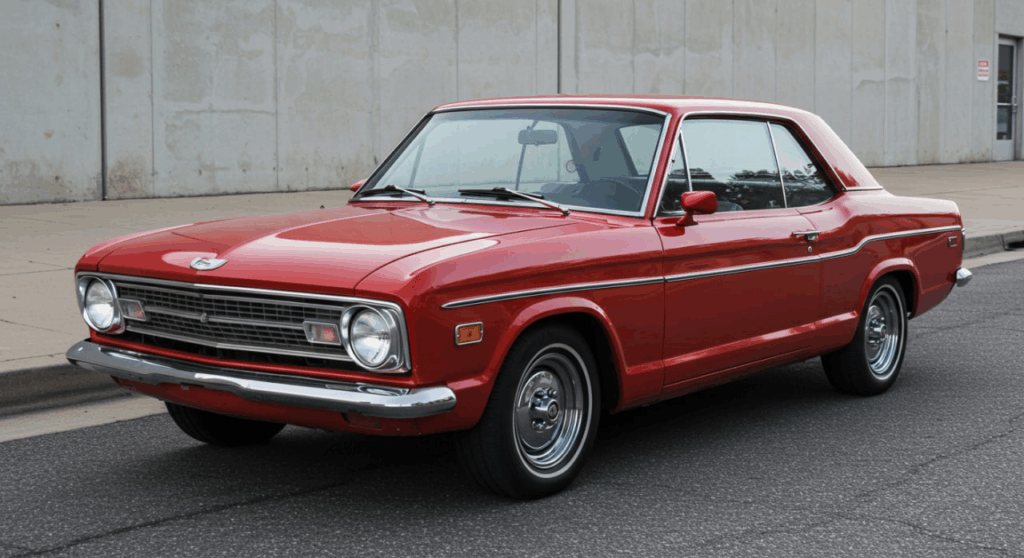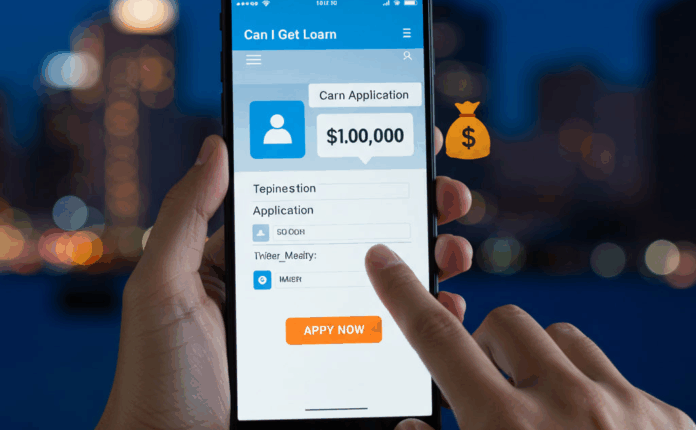The automotive market in 2025 is buzzing with innovation, from electric vehicles (EVs) dominating showrooms to advanced financing options tailored to tech-savvy consumers. But with economic shifts, fluctuating interest rates, and new lending technologies, deciding whether to secure an auto loan now or hold off can feel like navigating a maze. This article dives deep into the state of auto loans in 2025, offering a detailed review of current trends, lender offerings, and expert insights to help you make an informed decision. Whether you’re eyeing a sleek new EV or a reliable used sedan, we’ll explore the factors that could tip the scales toward buying now or waiting for a better deal.
Why Auto Loans Matter in 2025
Auto loans are more than just a means to an end—they’re a critical financial decision that can impact your budget for years. In 2025, the auto loan landscape has evolved significantly, driven by rising vehicle prices, technological advancements in lending, and shifting consumer preferences. According to recent data, the average new car price hovers around $48,000, with used cars averaging $28,000. Financing these purchases often requires loans, and the terms you secure can make or break your financial comfort. With interest rates fluctuating due to Federal Reserve policies and lenders rolling out AI-driven loan approvals, understanding the nuances of auto loans is essential for any prospective buyer.
The rise of electric vehicles has also reshaped the lending market. Many banks and credit unions now offer specialized “green loans” with lower rates for EVs, incentivizing eco-friendly purchases. However, economic uncertainty—coupled with potential supply chain disruptions—has some experts advising caution. Should you lock in a loan now to take advantage of current incentives, or wait for potential rate drops or better inventory? Let’s break it down.
Current Trends in Auto Loans for 2025
Interest Rates and Economic Factors
In 2025, interest rates for auto loans are a mixed bag. The Federal Reserve’s recent moves to stabilize inflation have led to average auto loan rates ranging from 5.5% to 7.5% for new cars, depending on credit scores, with used car loans averaging 1-2% higher. Borrowers with excellent credit (720+) can still snag rates as low as 4.5% from credit unions or online lenders, while subprime borrowers may face rates exceeding 10%. These rates are influenced by broader economic trends, including inflation cooling to around 3% and anticipated Fed rate cuts later in the year.
Economic uncertainty plays a significant role in the buy-now-or-wait debate. Some analysts predict a slight dip in rates by mid-2026 if inflation continues to stabilize, but others warn of potential rate hikes if supply chain issues persist. For buyers, this means weighing the certainty of today’s rates against the gamble of future savings.
Rise of Digital Lending Platforms
Technology has transformed auto lending in 2025. Digital platforms like Upstart and LightStream use AI to streamline loan approvals, often providing pre-qualification without impacting your credit score. These platforms analyze non-traditional data—like education or job history—making them attractive for younger buyers or those with thin credit files. Traditional banks, such as Chase and Bank of America, have also upgraded their online portals, offering instant rate quotes and seamless integration with dealership systems.
However, digital lenders aren’t perfect. Some users report less personalized customer service, and high-tech platforms may push add-ons like gap insurance or extended warranties, inflating costs. Comparing offers from both digital and traditional lenders is crucial to finding the best deal.
Incentives and Special Financing
Automakers and lenders are sweetening the pot in 2025, especially for EVs. Tesla, for instance, partners with select lenders to offer 0% APR deals for 36-month terms on models like the Cybertruck, though these require stellar credit. Similarly, Ford and GM provide cash rebates or low-rate financing (as low as 2.9% for 60 months) on select hybrid and electric models. Used car buyers, however, face fewer incentives, as dealers prioritize new vehicle sales to meet emissions targets.
Waiting could yield better incentives, particularly if inventory levels improve. In 2024, chip shortages and production delays limited vehicle supply, driving up prices. Experts predict a gradual recovery in 2025, which could lead to more competitive financing offers by Q3.
Should You Buy Now?
Reasons to Act Now
Securing an auto loan in 2025 has compelling advantages. First, current incentives—especially for EVs—are hard to ignore. For example, federal tax credits of up to $7,500 for qualifying electric vehicles can offset loan costs, but these credits may phase out for certain manufacturers as they hit production caps. Locking in a loan now also protects you from potential rate hikes if inflation spikes unexpectedly.
Additionally, buying now lets you take advantage of advanced vehicle technologies. The 2025 models boast improved battery ranges for EVs, cutting-edge driver-assistance systems, and better fuel efficiency for hybrids. Waiting might mean missing out on these upgrades, especially if you’re replacing an aging vehicle with high maintenance costs.
Risks of Buying Now

On the flip side, high vehicle prices and elevated interest rates can stretch budgets thin. A $40,000 loan at 6.5% over 60 months results in nearly $8,000 in interest, a significant burden for middle-income households. Moreover, limited inventory in certain regions may force you to compromise on vehicle choice or pay above MSRP. If you’re not in urgent need of a car, these factors might make waiting more appealing.
Should You Wait?
Benefits of Waiting
Holding off on an auto loan could pay off if market conditions shift. Analysts expect vehicle production to stabilize by mid-2025, potentially lowering prices as supply catches up with demand. Interest rates may also dip if the Federal Reserve cuts rates, with some forecasts predicting a drop to 4.5% for prime borrowers by Q4 2025. Waiting could also give you time to boost your credit score, unlocking better loan terms.
New technologies, like solid-state batteries promising longer EV ranges, are slated for 2026 models. If you’re eyeing cutting-edge tech, delaying your purchase could align with these releases, offering better value for your money.
Drawbacks of Waiting
Waiting isn’t risk-free. If interest rates rise instead of fall, loan costs could climb, offsetting any savings from lower vehicle prices. Inventory improvements are also uncertain, as geopolitical tensions or supply chain hiccups could persist. For those relying on a failing vehicle, delaying a purchase might lead to costly repairs or rental expenses, negating potential savings.
Key Considerations Before Deciding
Before signing on the dotted line, evaluate your financial situation. A strong credit score (ideally 700+) secures better rates, so consider improving your score by paying down debt or correcting credit report errors. Calculate your debt-to-income ratio to ensure loan payments won’t strain your budget—experts recommend keeping total debt payments below 36% of your income.
Research lenders thoroughly. Credit unions often offer lower rates than banks, while online lenders provide convenience and competitive terms. Compare at least three loan offers, focusing on APR, term length, and any hidden fees. Finally, consider the total cost of ownership, including insurance, maintenance, and fuel or charging costs, especially for EVs.
FAQ
What is the average auto loan interest rate in 2025?
Average rates range from 5.5% to 7.5% for new cars and 6.5% to 9.5% for used cars, depending on credit score. Prime borrowers (720+) can secure rates as low as 4.5%, while subprime borrowers may face rates above 10%.
Are there special financing deals for electric vehicles in 2025?
Yes, many lenders offer “green loans” with lower rates for EVs, and automakers like Tesla, Ford, and GM provide 0% to 2.9% APR deals for qualifying buyers. Federal tax credits of up to $7,500 also apply to eligible EVs.
Should I choose a shorter or longer loan term?
Shorter terms (36-48 months) save on interest but have higher monthly payments. Longer terms (60-72 months) lower monthly costs but increase total interest paid. Choose based on your budget and financial goals.
Can I get an auto loan with bad credit in 2025?
Yes, but expect higher rates (10% or more) and stricter terms. Subprime lenders like Capital One or regional credit unions may offer options, but improving your credit score first is ideal.
Is it better to buy a new or used car in 2025?
New cars offer better financing incentives and advanced tech, but used cars are more affordable upfront. Consider your budget, desired features, and whether you qualify for EV tax credits when deciding.




syzqbr
ew7wwj
12sslg